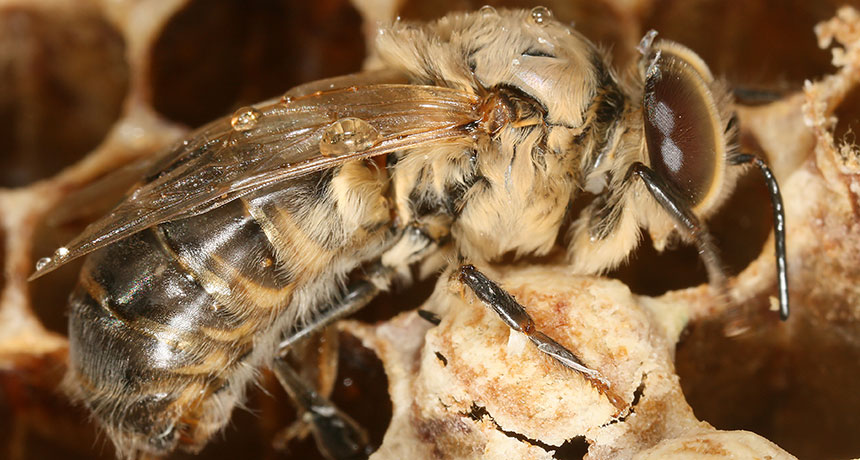Neonicotinoids are partial contraceptives for male honeybees
Common pesticides reduce amount of living sperm in test

Male honeybees (a Carniolan honeybee shown) produce less live sperm if they’re raised on pollen tainted with neonicotinoids, a new study shows.
Makro Freak/Wikimedia Commons (CC BY-SA 2.5)






